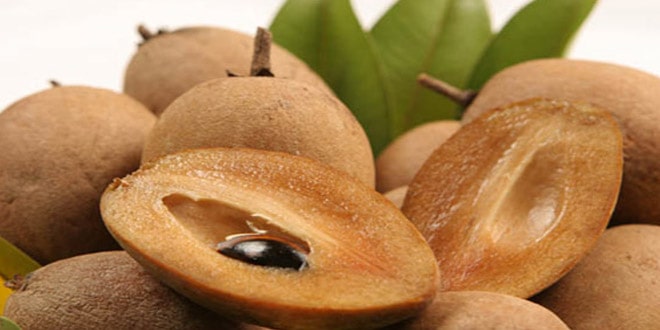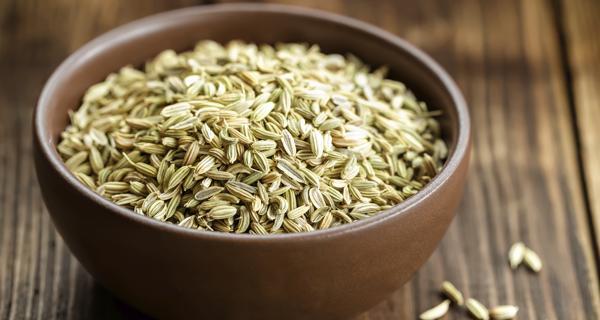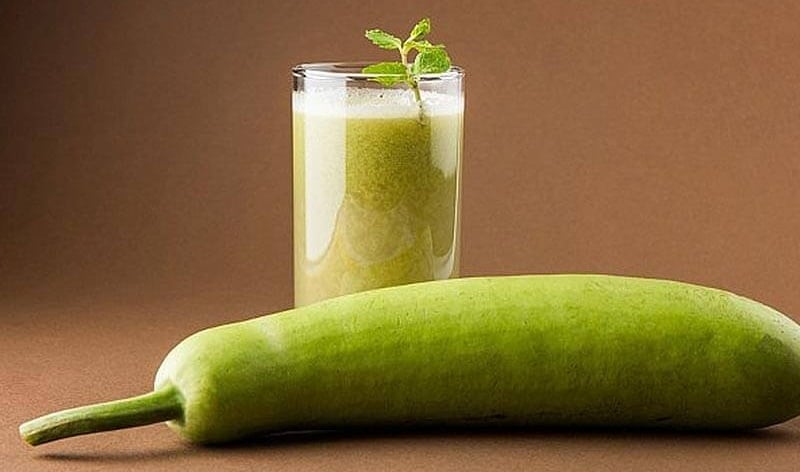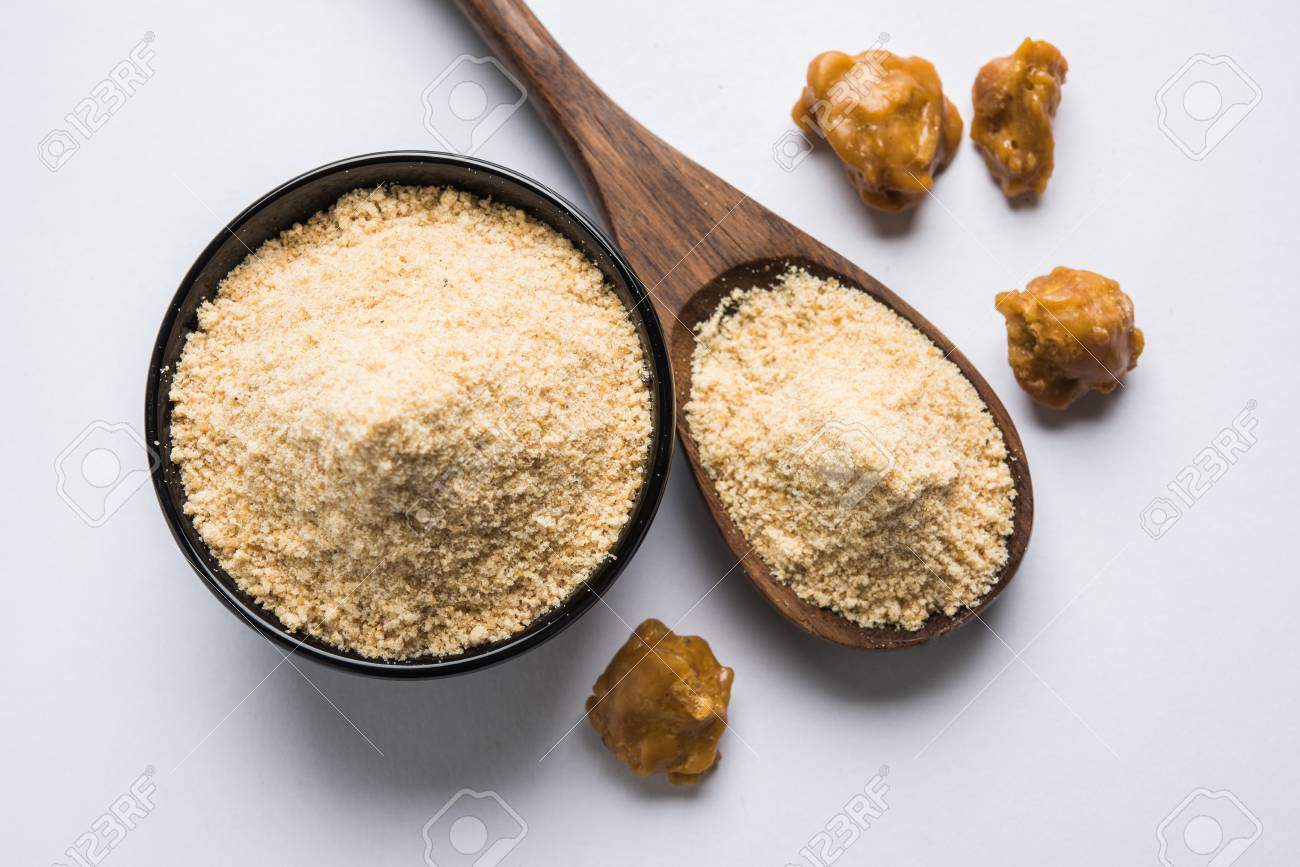Common Indian foods and their English names: Chikoo, Saunf, Pakora…!
There are various Hindi food words which are part of our daily conversations, but their English names can be quite a surprise for us. Let’s have a look at Common Indian foods with their English names! Check them out right below!
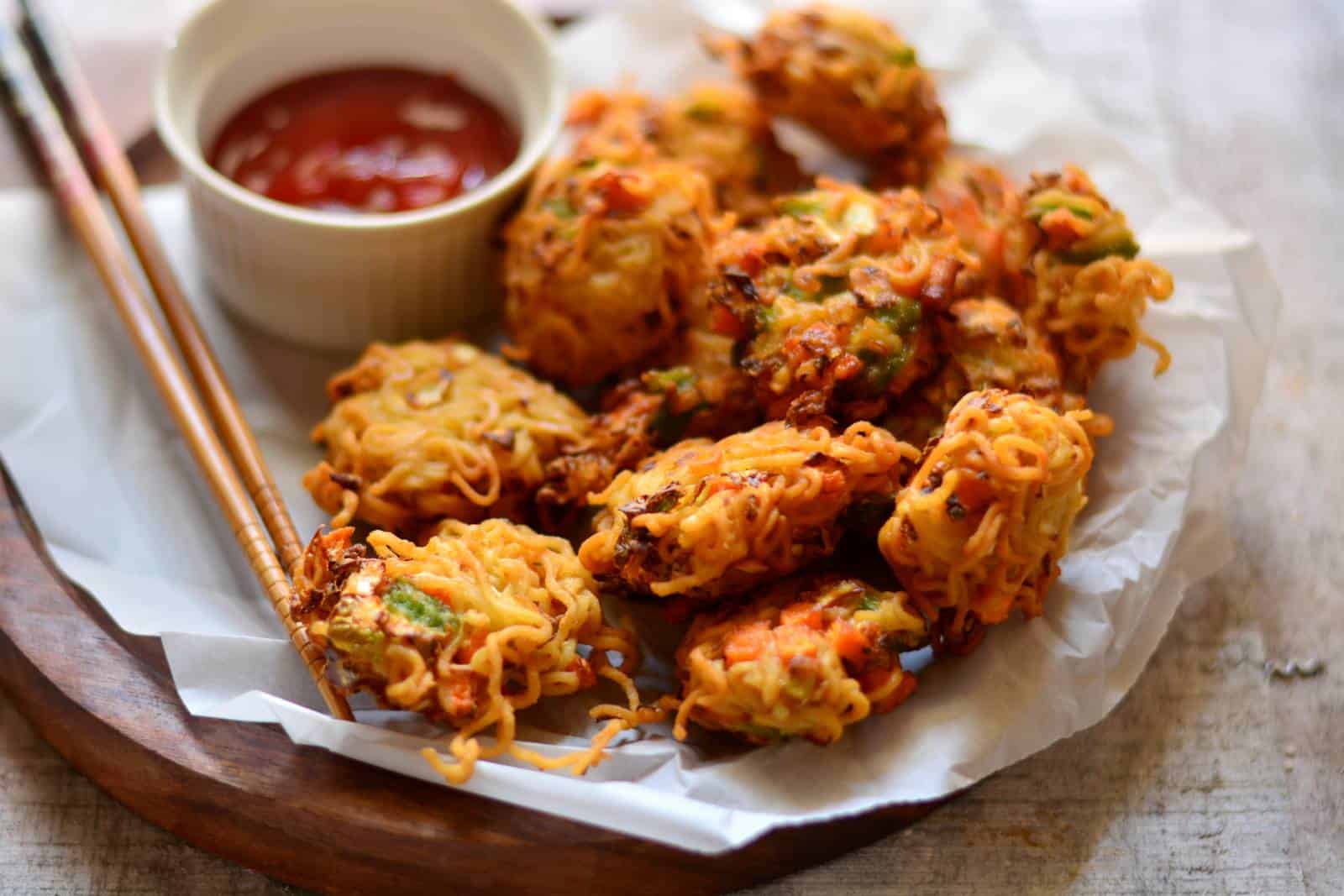
1. Pakora:
Pakora, also called pakoda, pakodi, fakkura, bhajiya, bhajji or ponako, is a fried snack (fritter). Originating from the Indian subcontinent, it is a popular snack across the Indian subcontinent, especially in India, Pakistan, Bangladesh and Nepal. Therefore, the name of it in English is necessary if you want to order this dish in those countries.
The Pakora is called fritters in English. Pakoda is taken to mean a mix of finely chopped onions, green chilis, and spices mixed in gram flour. This is then rolled into small balls or sprinkled straight in hot oil and deep-fried. There is a variety that is softer overall, usually termed media pakoda in restaurants, that is made from any other ingredient, such as potatoes.
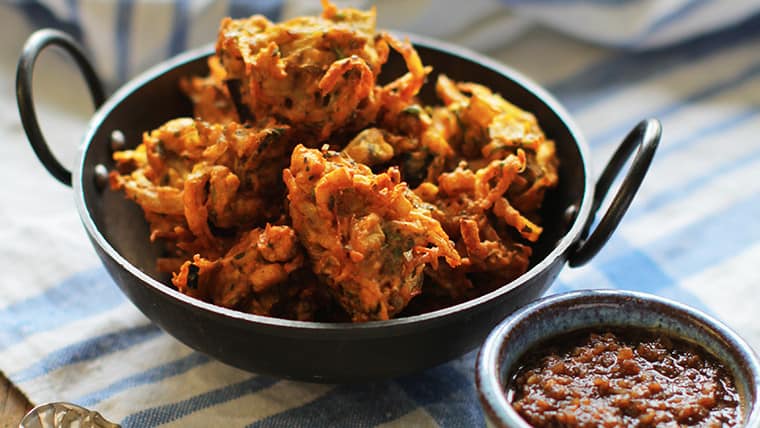
2. Chikoo:
Chikoo has brown fuzzy skin and is more oval-shaped than its Central American cousins, though some develop pointed ends. The skin is inedible but serves a purpose as a kind of bowl for the sweet flesh. The flesh is off-white to a yellowish brown colour and has a soft and juicy texture. Its texture and flavour have been compared to that of pear. Within the flesh of the Chikoo is a cavity with two to three large black seeds. The seeds are inedible and should be discarded. The English name for Chikoo is Sapodilla.
3. Saunf:
Saunf, known in English as Fennel Seeds, is a herb whose bulbs, leaves seeds are all edible. Its scientific name is Foeniculum Vulgare Miller. Saunf is a perennial plant that grows yellow flowers and has feathery leaves. It is used as a spice to flavour curries and bread in both the western and the oriental cuisine. It is a common plant found in kitchen gardens for its flavouring properties.
4. Lauki:
Lauki is another Common Indian foods. It has the name Bottle Gourd in English. What a surprise, right? It is a vine grown for its fruit. The harvest season can fall in the young stage for vegetable or in the mature stage for dried bottle, utensil, or pipe.
5. Heeng:
Asafoetida is the English name for Heeng. The species is native to the deserts of Iran and mountains of Afghanistan but grows mainly in nearby India. Asafoetida has a pungent smell, but in cooked dishes, it delivers a smooth flavour reminiscent of leeks. It is also known as food of the gods, devil’s dung, jowani badian, hing, hengu, ingu, kayam, and ting.
